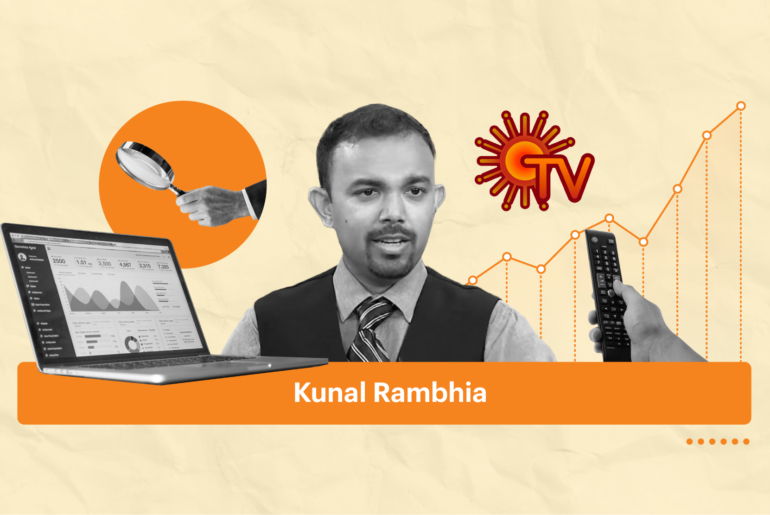Last Updated on Sep 23, 2022 by Vyshakh
With more than 50 mn registered users, YONO, from the State Bank of India, is at the forefront of digital banking. More than 25,000 new digital savings accounts are being opened daily on the app. Similarly, iMobile Pay, from ICICI Bank, has more than 75% of customers active digitally. Further, it has 7.3 mn non-ICICI Bank customers. Axis Bank with Axis Mobile & Axis Pay apps is not far behind, with 76% of customers active digitally and 5.6 mn non-Axis Bank customers. Thus, traditional banks are getting into the pure FinTech category. In this article, the focus will be on digital banking services.
Digital banking leaders
The banks are now offering numerous services on their apps. Besides payments, savings, borrowing and shopping are other major uses of mobile apps. For SBI 83% of transactions with the bank are through the digital channel. A significant amount of general insurance, life insurance, mutual fund and credit card issuances are also happening through YONO. For ICICI Bank, 44% of personal loans, 16% of credit card issuance, 78% of SIPs, 33% of mortgages, and 60% of fixed deposits are digital. For Axis Bank, 91% of transactions, 78% of credit card issuances, 68% of fixed deposits, and 46% of SIPs are digital.
YONO Business and InstaBiz from ICICI Bank are focused on business banking, providing services such as loans, forex and others. YONO Business has nearly 2 mn active users, while InstaBiz has nearly 1 mn.
While these are the digital banking leaders, other private and public sector banks, have also launched their digital banking apps and are making significant progress. The growth rates for various digital banking services range from 50% to more than 100%.
Fintech companies and digital banking – which is profitable?
Fintech companies are also growing very fast. However, with the global easy liquidity regime reversing due to increasing interest rates by the central banks, like Fed and RBI, and the balance sheet shrinking by the Fed, the new age fintech companies are no longer able to grow at a loss. They are forced to focus on profitability. It remains to be seen how fast fintech is able to grow in future without outside funding through internal accruals since most of them are not profitable and have negative cash flows.
In contrast, with their strong profitability and internal accruals, traditional banks can grow their digital banking arms fast and sustainably. Further, the more digitisation, the lower the operating costs for the banks. Thus, more digitisation increases the long-term profitability of the banks. Of course, there is the additional cost of technology development in the near term.
While financially, the traditional banks have an advantage, pure fintech has the advantage of being unencumbered by traditional banking processes and imagining purely digital customer journeys. Fintechs have an advantage in terms of being more innovative and being able to develop novel products and services. In terms of attracting and retaining top technology talent, too, fintech has an advantage. The organisation structure is flatter, and the technology talent has a free hand compared to a traditional bank. Also, the compensation can be in the form of salaries and an Employee Stock Ownership Plan (ESOP). Traditional banks will be much more constrained as far as compensation via ESOPs is concerned.
While, in this round, it looks like the traditional banks are winning the fintech wars, one has to keep an eye out on the fintech to see if they have some new tactics up their sleeves. They are getting more focused on profitability. Once they achieve cash flow breakeven, they must be closely watched.
From an investment point of view, besides the above growth vectors, valuations matter. To do further analysis, one could use the tickertape platform. For example, the State Bank of India page on Tickertape gives the relevant valuation metrics, such as PE, PBV and dividend yield. One can see the income statement and balance sheet on the financials tab. The increasing profitability is visible from the income statement.
Similarly, one could search for ICICI Bank and get to the stock information page. Clicking on the Peers tab, one can see a comparison with its peers.
One can deeply dive into the financials and study the investor presentations. NPAs, stressed assets, net income, RoE, and trends are important metrics. Banks being cyclical can have increasing or decreasing profits and RoEs. One has to normalise the net income and RoE over the full cycle and then judge whether a bank is available at a discount or premium to its intrinsic value.
One can also try to judge the value of the digital banking division independently of traditional banking operations. It will be difficult to do so since the reported financial statements include digital banking operations and are not reported separately. But using historical and peer analysis one can try to estimate that.
Similarly, for fintech, one could try to assess the underlying profitability of the businesses by trying to reduce the excess marketing and operational expenses focused on hypergrowth. While these expenses are reported on the income statement, many of them could be rightfully said to be growth investments and could find a place on the balance sheet as assets. However, that adjustment must be done very carefully; different analysts will differ significantly in their adjustments. But there is a scientific approach which can be followed to do this.
Keep in mind that this article is focused on deciphering the status of digital banking and fintech and not providing investment advice. Any mention of names of companies is not a recommendation to buy, sell or hold. OmniScience Capital, its employees and clients, might be holding, buying or selling the stocks being discussed. Also, remember that equity markets are risky, and one can lose a significant amount of capital.
We have already covered digital payments in great detail in an earlier article on, How India is becoming empowered with Digital Payments.
If the above seems too difficult, time-consuming and requires expertise, one could go and explore the Omni FinTech, Digital Payments & Banking smallcase at Omniscience Capital.
Remember that equity investing is risky, and one should consult their financial advisor and decide on investment allocations based on their financial situation, investment objectives, risk tolerance and investment horizon.
Disclaimer: Any mention of stocks, securities or ETFs is not a recommendation to buy, sell or hold. We or our clients may be buying, selling or holding the above-mentioned stocks and might change our opinions in future. Investing in equity markets is subject to market risks. Global investing has added risks, including country and currency risk. Investors should take the advice of their financial advisor make investment decisions according to their individual risk profile and investment objectives.
- The Risks And Rewards Of Investing In AI-Focused Companies - Mar 29, 2023
- Do Low P/E Stocks Have the Potential To Deliver High Returns? - Feb 20, 2023
- How Does Nasdaq Impact the Indian IT Sector Market? - Dec 5, 2022





